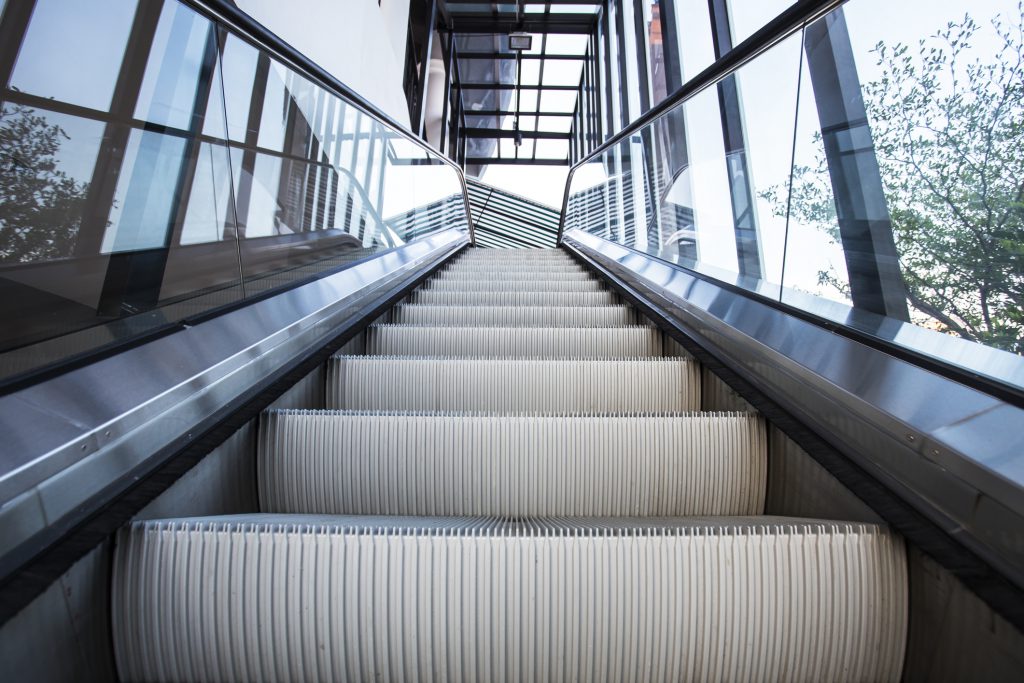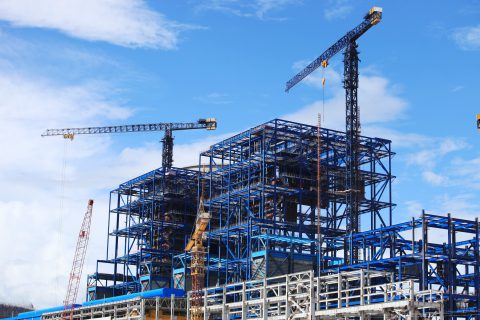Sunday Times Malls SA
Public Liability: Who Is To Blame?
Public liability goes a lot further than simply slapping up a standard indemnity sign at the entrance to a shopping mall, says Ashley Bauer of Hemisphere EPC, a fire safety consultancy.
“The key lies in the Occupational Health and Safety Act,” he says. “The basic requirement is to ensure that a person – like the CEO or the MD – who is referred to in the act as the 16.1, is responsible to ensure that the requirements of the act are complied with.
“Essentially that person must ensure that the health and safety of all employees, and any other persons in the workplace, are assured through a safety management programme that identifies, mitigates and manages risks.”
So that’s what needs to be in place at the outset, but what if something goes wrong? It all depends on what happens, how it happens and who – if anyone – is legally liable, says John Andrews, executive: head of underwriting at PPS Short-Term Insurance.
“Let’s start with the shopping centre owners from a short-term insurance perspective,” says Andrews. “The owners of the shopping centre would be able to purchase liability insurance, which would cover damages which they (the shopping centre owners) become legally liable to pay as a consequence of particular defined events, such as accidental injury, illness or death to third party persons and damage to third party property, which occur in the course and scope of the business, subject to indemnity limits and policy terms and conditions.”
So in summary, says Andrews, if a shopper were injured as a result of, for instance, a collapsed ceiling or fire in a shopping mall, they would begin by seeing an attorney to help them to institute a claim against the shopping centre. “The mall would register a claim with its insurers, who would then administer the claim.
“The injured individual cannot lodge a claim with the shopping centre insurers directly, as they are not the insured,” says Andrews. “And once the centre’s insurance receives the claim from the shopping centre, they would pay damages to the individual if, in the view of the insurers, the shopping centre was in fact legally liable, and had adhered to the terms and conditions of their policy.”
He says the event in question would have to be covered under the defined events clause of the policy, and the insurers would not pay more than the limits purchased by the shopping centre. So, if the damages exceeded the policy limits, the difference would have to be paid by the shopping centre owners, he says.
But that’s only if the insurers agree that the mall was liable. If not, the individual would have the right to take the mall to court. “Or it might also be found that a tenant was responsible for the injury and not the centre, in which case the individual would need to go after the tenant,” says Andrews.
Bauer adds that the responsible person (the 16.1) must do what is reasonably practicable to make the mall safe. And by complying with the Occupational Health and Safety Act, it is presumed that the organisation will comply with all other related acts, such as the Tobacco Products Control Act, Child Labour (Prohibition and Regulation) Act and in terms of buildings, the National Building Regulations and Standards Act.
“When we look at fire, the national standards are defined in South African National Standards 10400-T (Part T: Fire protection). This section prescribes measures to be taken in both passive and active fire protection systems,” says Bauer.
These measures are submitted at the building planning phase and approved by the local authority. “However the maintenance and verification systems pertaining to the status of these systems as approved are not always adhered to in terms of the standards, and over time a fire incident may result in catastrophic failure and loss of life.”
Michael van Niekerk, CEO of ASP Fire, says there are some warning signs that the mall you’re in hasn’t paid attention to proper fire and other safety. “Shopping malls that have dust and display material hanging from sprinkler heads, or with dirty or dusty smoke detectors, are usually the same environments where fire safety has been ignored,” he says.
“There should be escape path maps readily visible throughout the mall and the emergency signage should be clearly visible. Emergency escape doors must be clearly identifiable and they must not be obstructed in any way by boxes, shopping trolleys or cleaning equipment. Security guards should be visible, alert and willing to assist at all times.”
Shoppers should be aware that if they have personal insurance, there’s a good chance they have a personal liability policy of their own, but this does not protect them against instances where they are injured, says Andrews. Instead, this is there to protect the individual policyholder and their family (as defined in each policy) against claims against them – not claims against someone who has injured them.
In other words, in terms of the shopping centre example above, says Andrews, “there would be no claim against an individual personal policy (liability section) unless the individual became legally liable for something like an injury to another person in the shopping centre – if he accidentally stuck an umbrella in another person’s eye, for example”.
If however individuals buy personal accident cover – another section of cover available under most personal policies – this could pay out for things like death and permanent disability, temporary total disability, and medical expenses, depending on the provisions of the particular policy.






 Sign-up and receive the Business Media MAGS newsletter OR SA Mining newsletter straight to your inbox.
Sign-up and receive the Business Media MAGS newsletter OR SA Mining newsletter straight to your inbox.